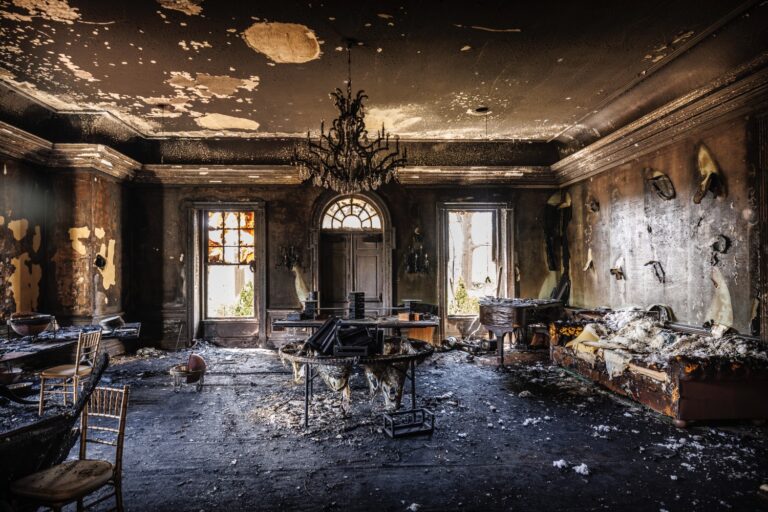 A fiery natural gas explosion in Allentown, Pa., is the latest in a series of deadly accidents that have raised worries about a form of energy that had a good safety record until recently.
A fiery natural gas explosion in Allentown, Pa., is the latest in a series of deadly accidents that have raised worries about a form of energy that had a good safety record until recently.
Five bodies were found Thursday after a natural gas explosion at 10:45 p.m. Wednesday rocked a working-class residential neighborhood.
The fire burned along the street until the gas line was shut off, Allentown Fire Chief Robert Scheirer says.
Also on Thursday a gas pipeline explosion shook residents in eastern Ohio. A dispatcher for the Columbiana County Sheriff’s Office in Ohio said officials had no reports of injury from the nighttime explosion near Hanoverton.
“Transporting natural gas by pipeline is the safest way to move that energy,” says Carl Weimer, executive director of the Pipeline Safety Trust, an advocacy group in Bellingham, Wash.
“Still, every nine or 10 days on average someone ends up dead or in the hospital from these pipelines. More needs to be done for safety,” he says.
The death toll in Allentown included a 4-month-old baby and a couple in their 70s. Nearly 50 buildings were damaged and more than 500 people evacuated.
The blast comes in the wake of the worst natural gas pipeline catastrophe in a decade — an explosion and fire in San Bruno, Calif., on Sept. 9 that killed eight people and destroyed 38 homes.
Early findings linked the San Bruno accident to problems in the pipeline, built in the 1950s, and electrical problems in the broader pipeline system.
The National Transportation Safety Board will hold hearings starting March 1 on the cause of the San Bruno accident.
The string of natural gas explosions since the San Bruno accident include:
•Fairport, Ohio. Nine buildings were destroyed and others damaged in this small town on Lake Erie near Cleveland when a natural gas line malfunctioned Jan. 24 and filled homes with gas. Residents were evacuated and survived.
•Philadelphia. A gas line blast killed a worker for the city-owned gas company, injured six and flattened cars and buildings Jan. 18.
•Wayne, Mich. Two furniture store employees were killed and the owner seriously injured Dec. 29 in the Detroit suburb when the gas line apparently exploded.
Also, a fire killed a worker Tuesday at a natural gas plant in Mont Belvieu, Texas, near Houston. The cause isn’t known.
San Bruno City Manager Connie Jackson says officials and citizens need to be more aware of the extraordinary potential danger in the infrastructure of modern life.
Cities need to get involved in where pipelines are located and how they are maintained. “If you could predict it, you could prevent it,” she says.
It’s best to be prepared just in case, she says.
The nation has more than 2 million miles of natural gas lines under roads, neighborhoods and farms. By comparison, the interstate highway system is 47,000 miles.
The natural gas system has two basic parts:
•High-pressure transmission pipelines that move large volumes of natural gas in a straight line.
•Low-pressure distribution lines that spread out like spider webs into cities and town, connecting homes and businesses.
The San Bruno explosion was caused by a 32-inch transmission line owned by Pacific Gas and Energy. The cause of the Allentown blast hasn’t been determined, but the local utility says the area was served by a low-pressure distribution line.
It’s unclear whether the recent accidents are part of a large trend caused by bad weather or an aging pipeline system.
Despite the accidents, “natural gas is extremely safe,” says Dave Schryver, executive vice president of the American Public Gas Association, a group of government-owned gas companies.
The biggest cause of accidents is excavations that disturb gas lines, although ice, corrosion and faulty equipment also cause problems, according to the Transportation Department, which regulates pipelines.
The Pipeline Safety Act of 2002, passed after the terrorist attacks of Sept. 11, 2001, was the first effort in years to improve pipeline safety. It added on-site inspections for the first time, Weimer says.
Standards were improved in 2006 and Congress could tighten rules again this year when the law is considered for renewal, Weimer says.
The number of pipeline accidents resulting in death or hospitalization has fluctuated between 30 and 60 a year over the past decade, with fewer problems in most recent years.
State officials enforce safety rules, getting federal financial assistance if they follow recommended federal standards.
Have you checked out YWN Radio yet? Click HERE to listen!
(Source: USA Today)











One Response
If they turn Chicken Little after an accident, why do they continue to allow cars, trucks, and busses on the road?